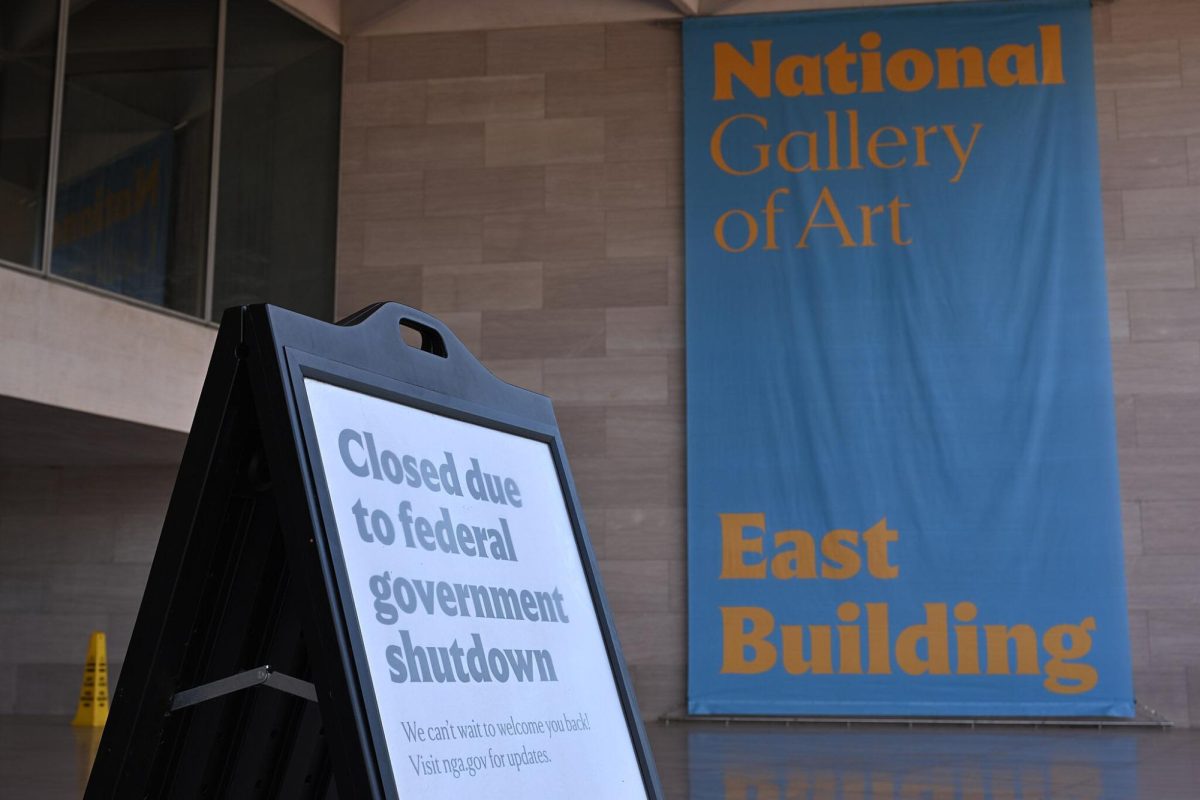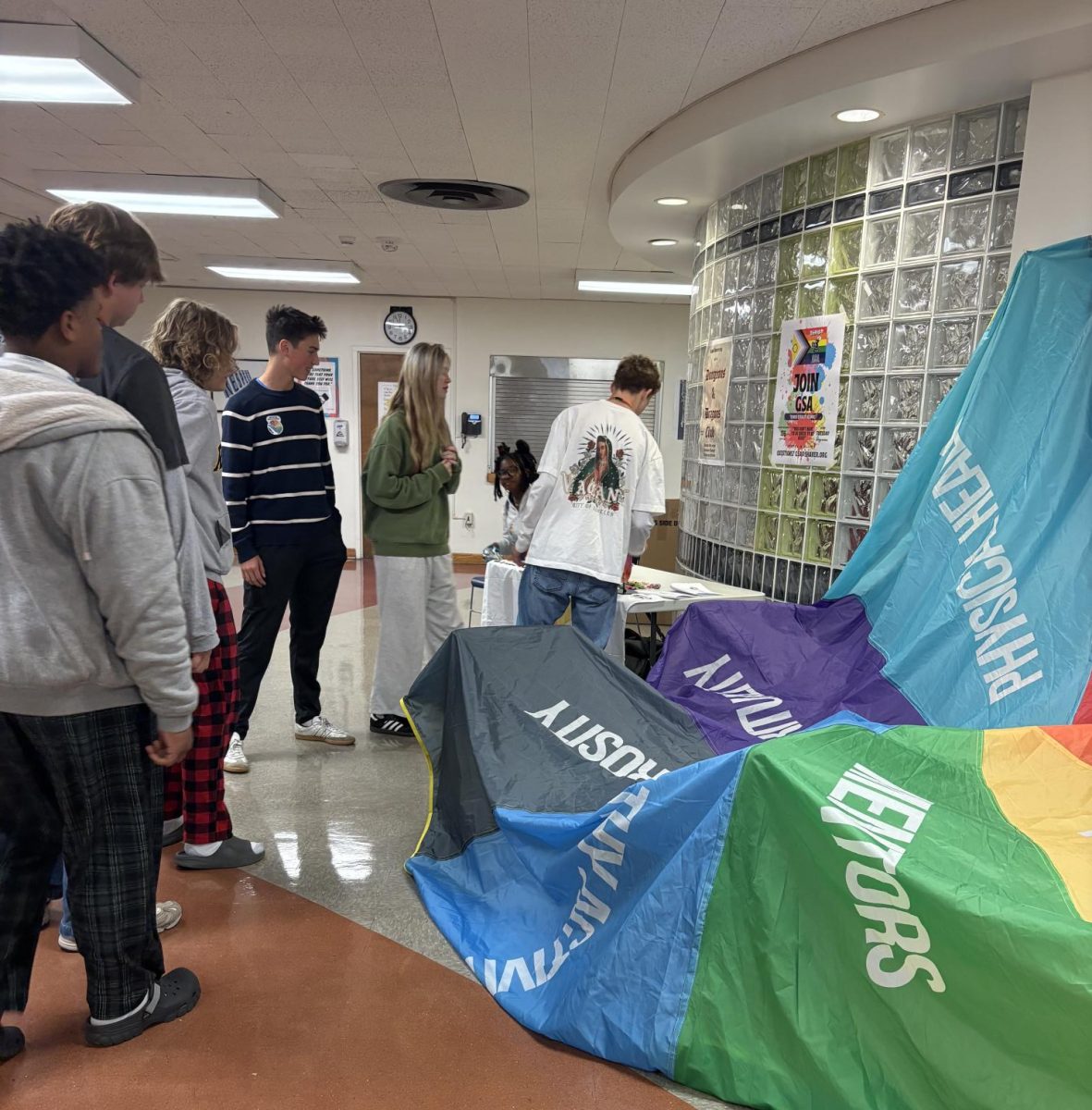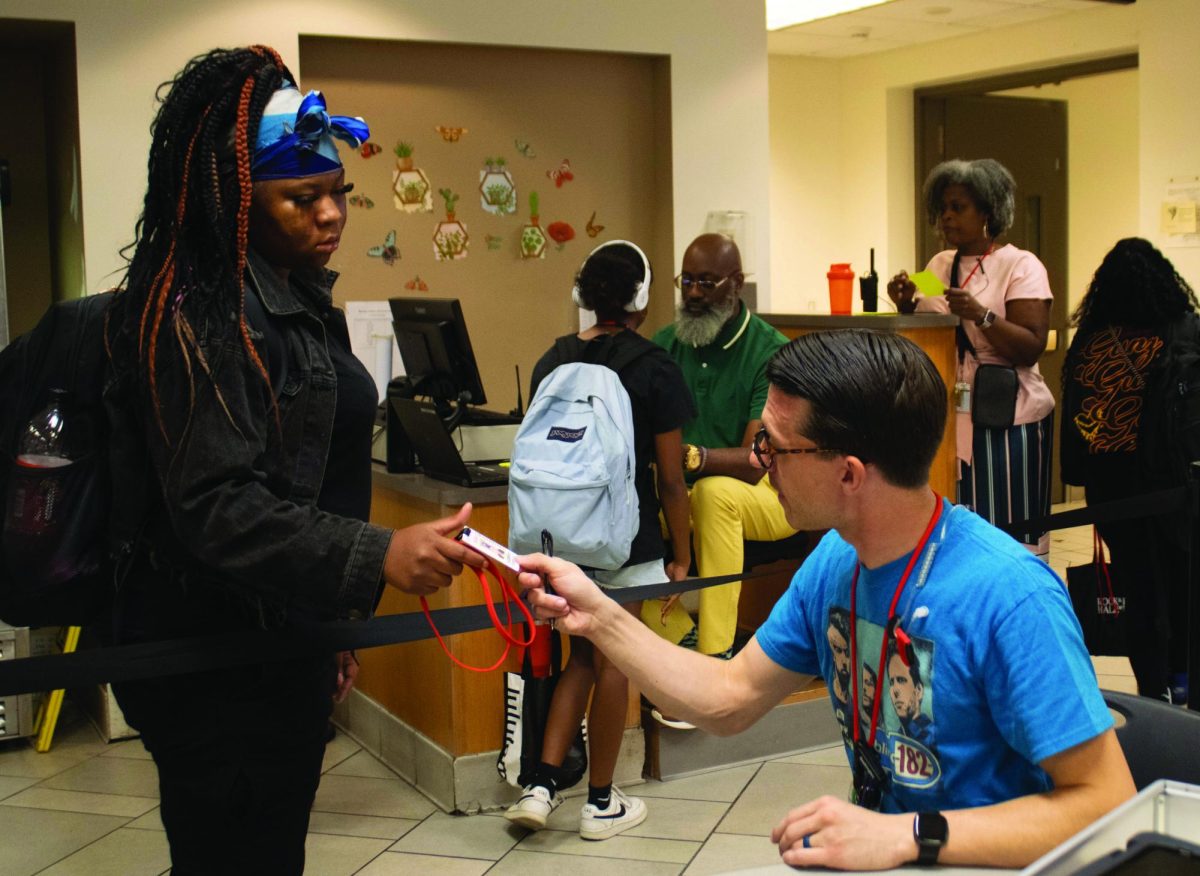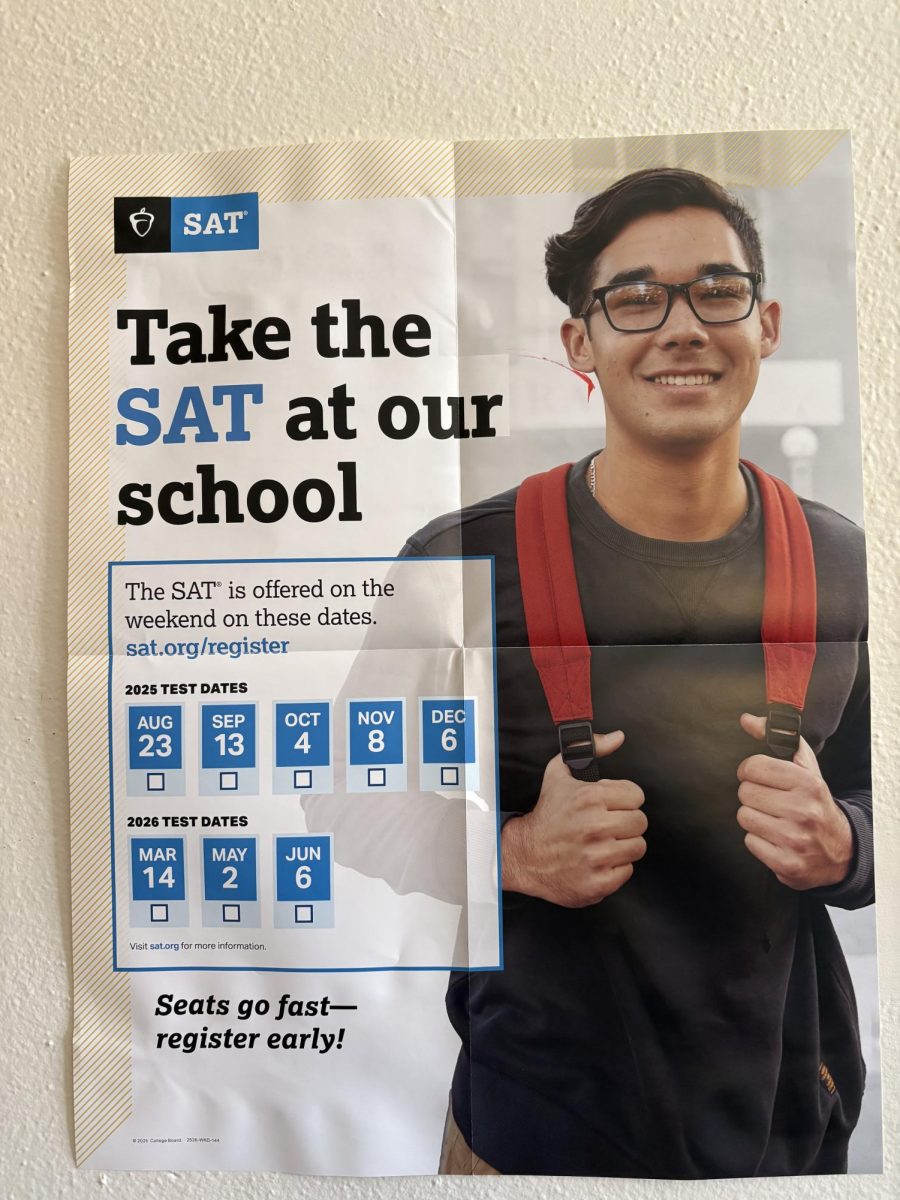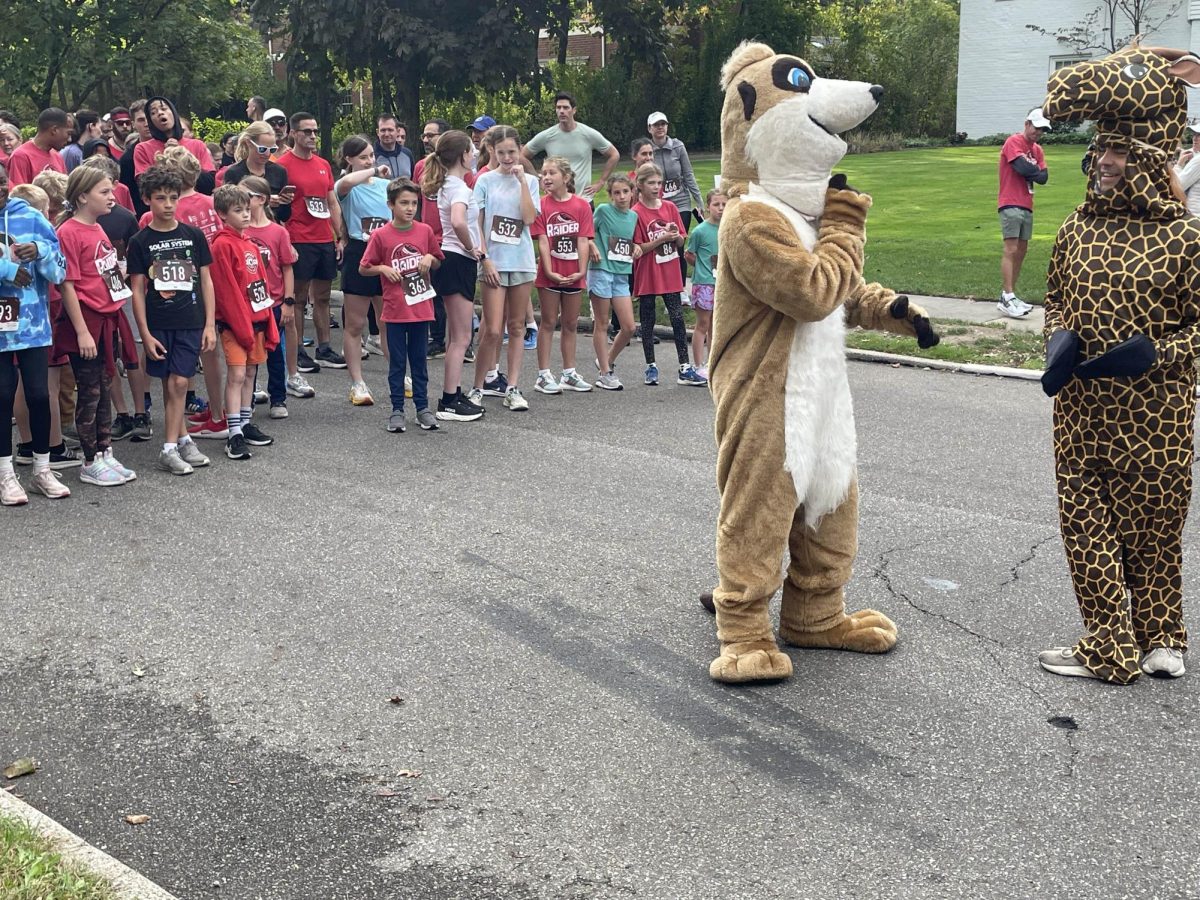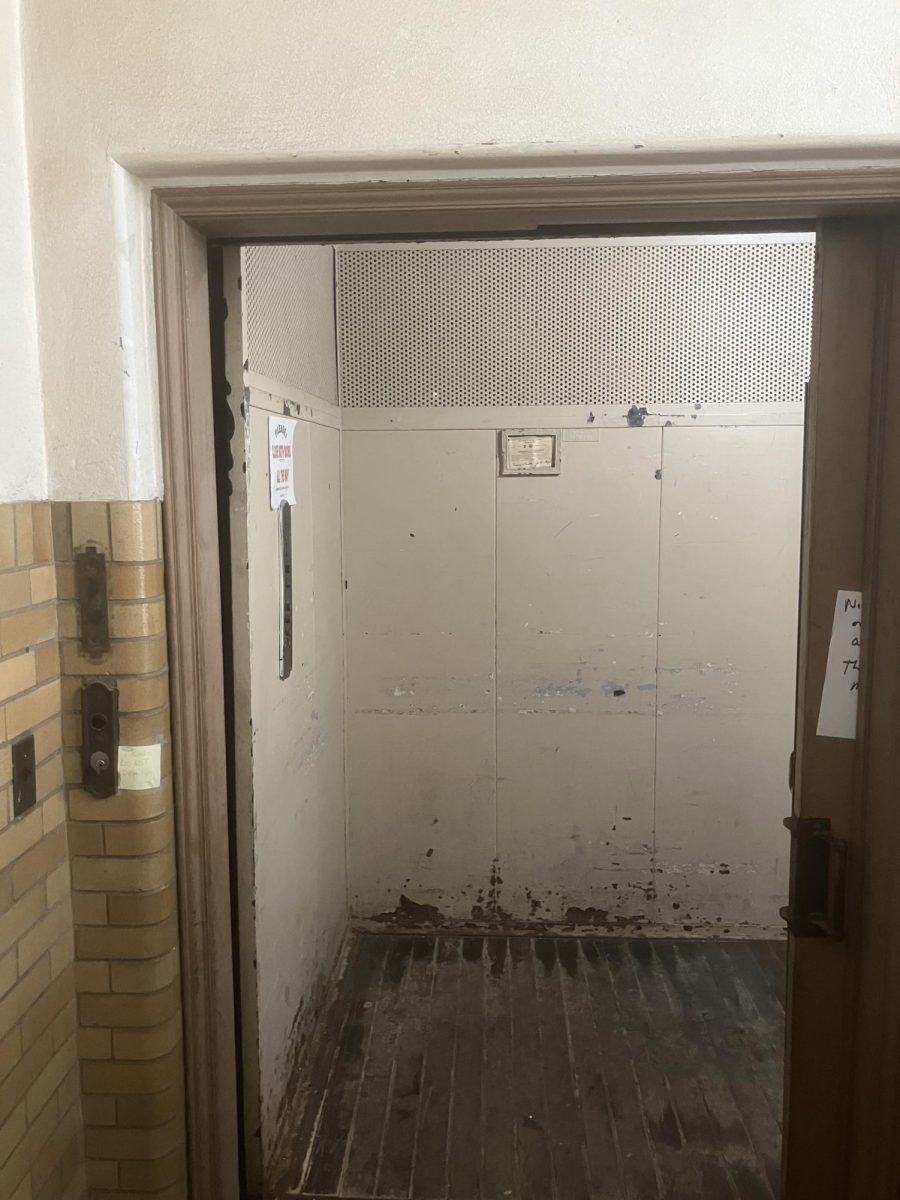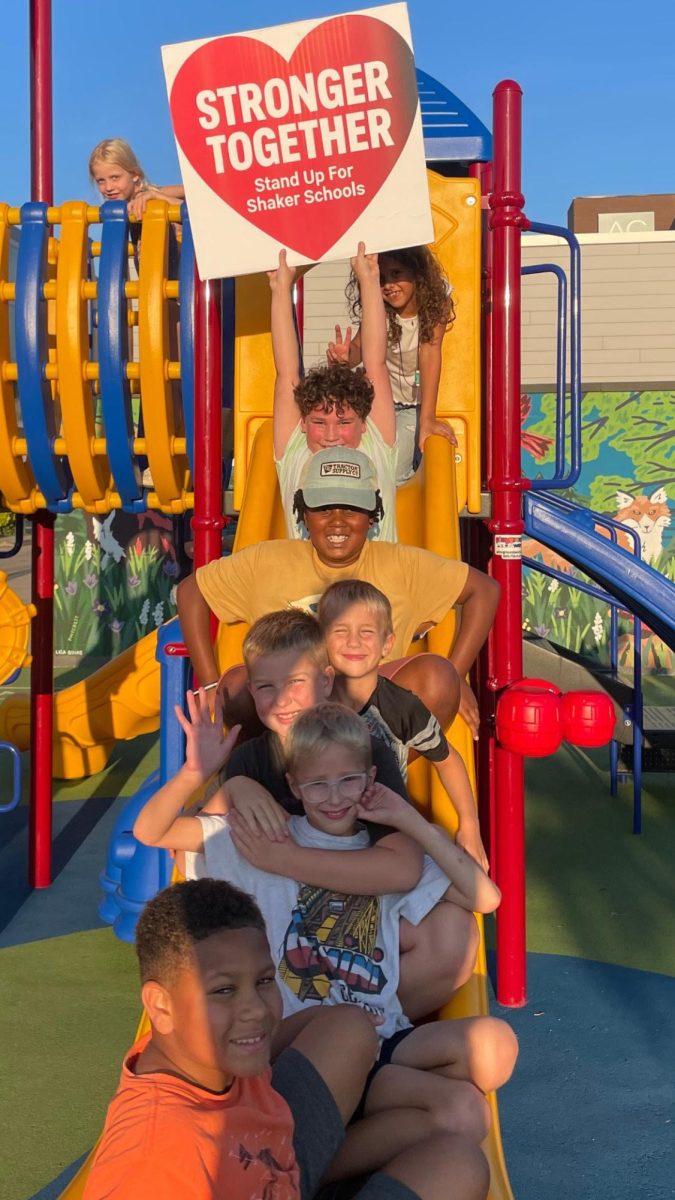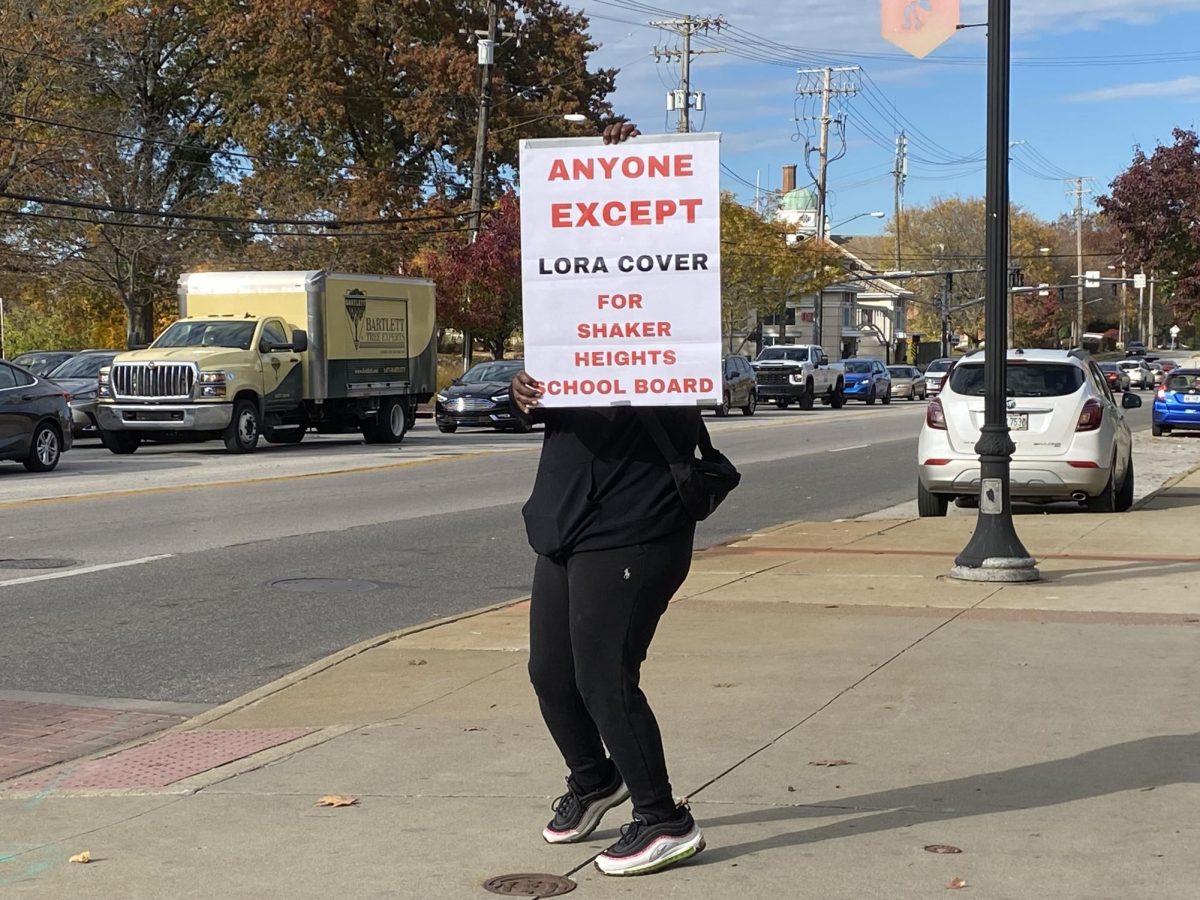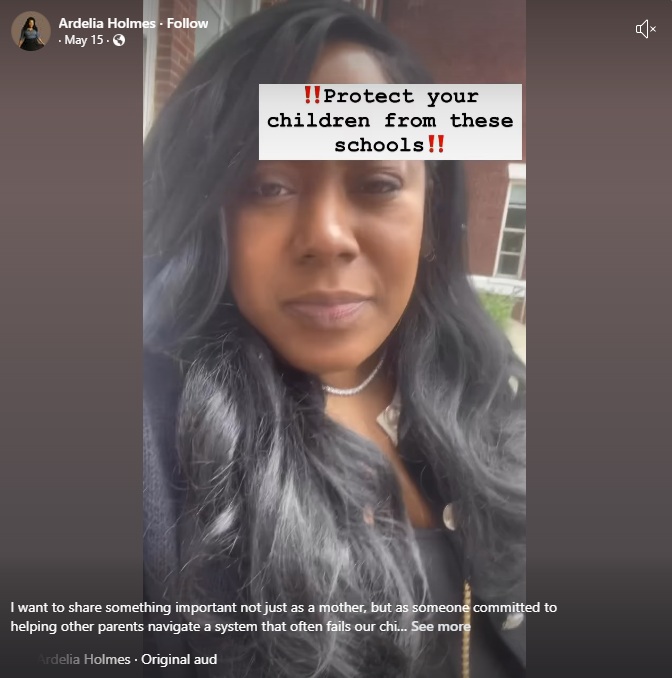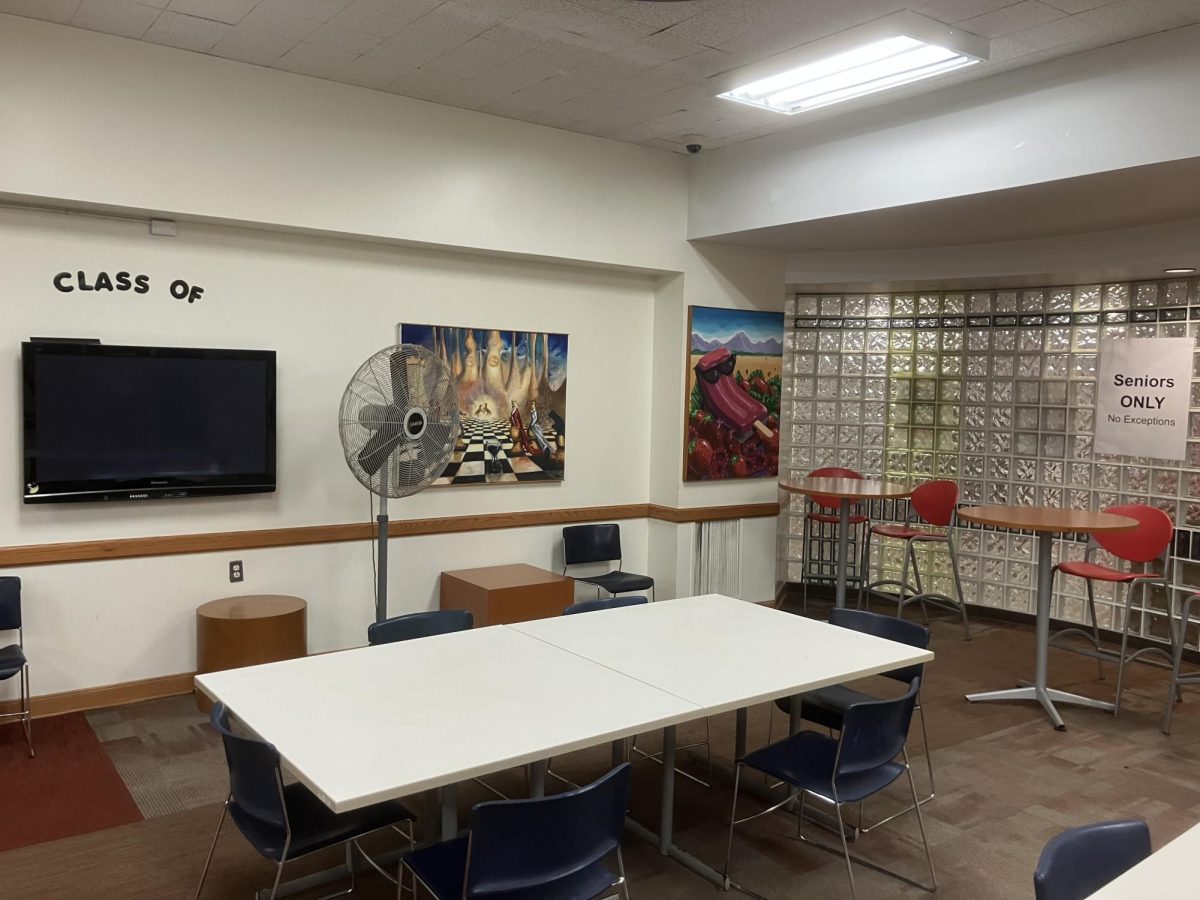Eighty-four percent of surveyed students stated that they attend conferences.
The high school offered after-school conferences daily for decades before March 2020, when schools closed because of COVID-19 and remote instruction began. Since then, conferences have not been held consistently. This year, with the return to the pre-COVID bell schedule, students can attend conferences at the high school every day now except Mondays, when teachers attend professional learning.
The Shakerite surveyed students of all grades through math classes Oct. 14-20 about conference attendance and activities. The survey received 150 responses. One respondent explained the value of conferences. “SO USEFUL. I don’t know what I would do without a one-on-one, out-of-class chat with my teacher to better understand, retake or finish up an assignment from class,” the student wrote.
During the spring of 2020 a study by professors from Chapman University in California found that 66.7 percent of students surveyed reported attending office hours at least once. College instructors hold office hours, when students can visit for help with assignments or advice about their goals. The high school’s conference period is a similar practice.
Amanda Ersek, ninth-grade Global Studies teacher, said it’s best for students to start going to after-school conferences in middle school and high school. “The students can get used to advocating for themselves before they attend college because when you go to college, the classes are way bigger, and the teachers are going to be moving fast when teaching.” Ersek said that if a college student misses something during class, they can attend office hours with professors and review what they missed.
Conferences are optional after school from 3:15-4 p.m. Students who attend can make up or revise a test, get help with homework, or find out what happened when they were absent. Teachers meet with students in their classrooms.
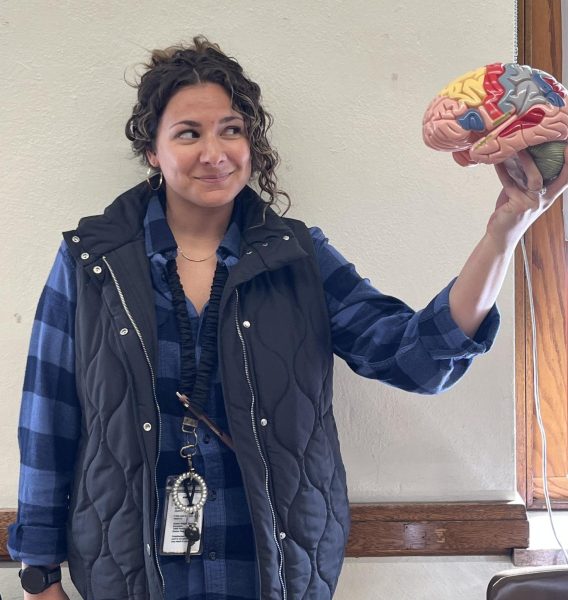
(Jai’da Whitlow)
Psychology teacher Victoria Berndt holds conferences Tuesday through Friday from 3:15-4 p.m. She said most people come to do the typical tasks. “They also choose to come to conferences to wait for rides, have a space for communication with friends or to get work done for my class or other classes,” she said.
Berndt said she tries to keep her students up to date on her schedule. “I have a large calendar on my bulletin board which I update monthly that reflects which days I am or are not available after school,” she said. “Days marked with an ‘x’ signal that I’m not available either due to professional or personal reasons.”
Noah Russell, a junior, said the last thing they attended conferences for was math. “I went to conferences for math to make up an assignment I was behind on,” Russell said.
Zuri Mobley-Smith, a freshman, said she attends conferences to complete assignments. “I went to math conferences to finish late homework,” Mobley-Smith said.
Dav’ier Lesure, a freshman, said he attends math conferences. “I go to conferences for more help in Geometry,” Lesure said.
Freshman Sarai Fletcher said she attends conferences for Global Studies. “The last time I went to conferences was to finish the Identity project,” Fletcher said.
According to the survey, ninth grade students are the largest conference attending group. Of the 155 responses, 42 percent came from freshmen; 20 percent from sophomores; 17.3 percent from juniors; and 20.7 percent from seniors. The most frequent duration for conference visits is 30 minutes. The most frequent reasons for attending were making up a test or retaking a test. The second most frequent reason for attending was making up missed work.
Another respondent stated that conferences help fill time if you have sports practice. “Conferences are useful because I feel more focused at school so it helps me to finish my work and also I have practice, so it’s helpful for me to stay until then,” the student wrote.
Journalism I Reporter Aareana Moore contributed to this report.



